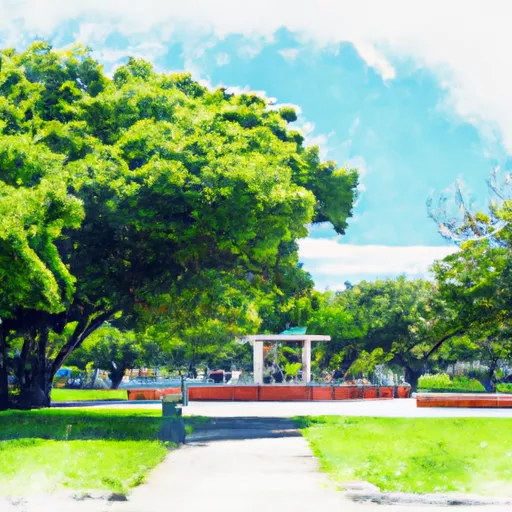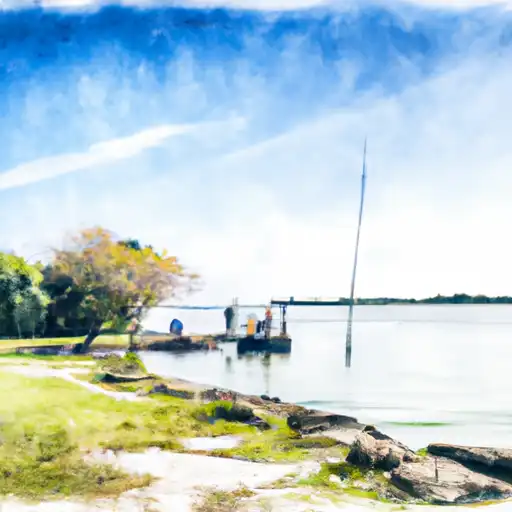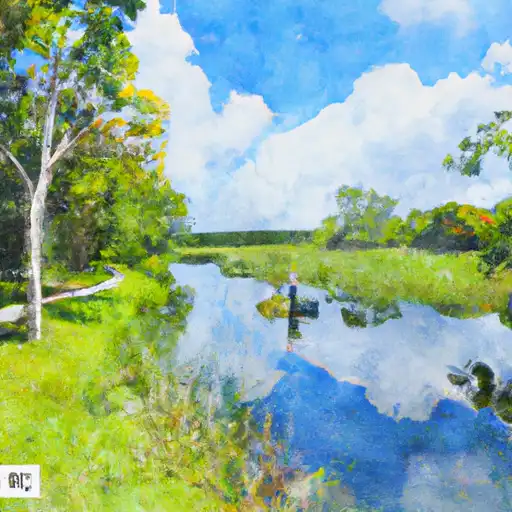Summary
With its location in the southeastern United States, Miami experiences a humid subtropical climate characterized by long, hot summers and mild winters. High temperatures average around 90°F (32°C) in summer and drop to a comfortable 75°F (24°C) during winter. However, Miami is prone to heavy rainfall, especially during the wet season from May to October, which can lead to occasional flooding.
Hydrologically, Miami sits on a limestone foundation that allows for the formation of unique ecosystems, including the Biscayne Aquifer, which supplies drinking water to the region. The city's coastline is also home to the Biscayne Bay, a vibrant marine environment offering opportunities for boating, fishing, and snorkeling.
Outdoor enthusiasts will find numerous recreational activities to enjoy in Miami. The city boasts beautiful white sandy beaches and warm turquoise waters, ideal for swimming, sunbathing, and water sports such as paddleboarding and jet skiing. Additionally, Miami is surrounded by several national parks, including Everglades National Park and Big Cypress National Preserve, providing opportunities for hiking, birdwatching, and exploring diverse ecosystems. Whether it's enjoying the beaches or immersing in nature, Miami offers a wide range of outdoor experiences.
Weather Forecast
Miami receives approximately 1647mm of rain per year, with humidity levels near 82% and air temperatures averaging around 25°C. Miami has a plant hardyness factor of 10, meaning plants and agriculture in this region tend to thrive here all year round.

 Miami Springs Recreation Center
Miami Springs Recreation Center
 Robert King High Park
Robert King High Park
 Flagami Park
Flagami Park
 Cinema Park
Cinema Park
 Antonio Maceo Park
Antonio Maceo Park
 Tropical Lake Miami Dade County
Tropical Lake Miami Dade County
 Snapper Creek Canal Number C-2
Snapper Creek Canal Number C-2
 Cutler Drain Canal C-100
Cutler Drain Canal C-100
 Cutler Drain Canal Number C-100
Cutler Drain Canal Number C-100